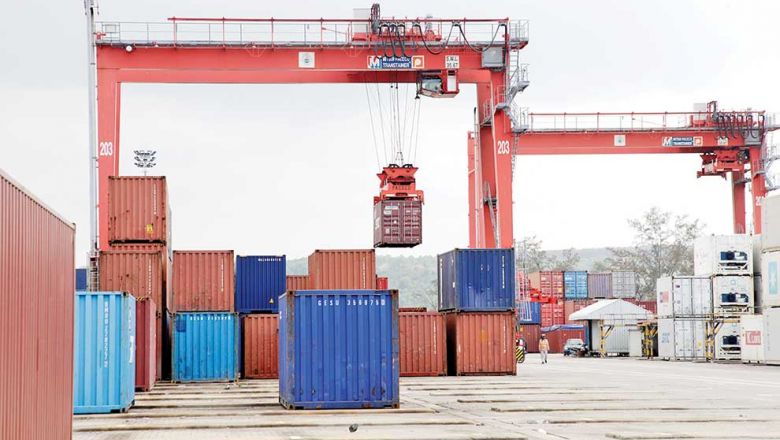SSEZ handles $994M in goods
SSEZ handles $994M in goods
The value of imports and exports passing through the Sihanoukville Special Economic Zone (SSEZ) neared the $1 billion mark in the first half of this year, despite a spiralling third wave of coronavirus infections, dubbed the “February 20 community event”.
The Kingdom’s largest industrial park in terms of size and occupancy handled imports and exports worth $994 million in the period from January to June, increasing by 49.92 per cent year-on-year from $663 million, according to figures posted by the operator via social media.
SSEZ chairman Chen Jiangang previously said that political stability and economic growth in the Kingdom has led to continuous investment inflows into the industrial park.
In its tireless pursuit of attracting potential foreign investors, the SSEZ is eyeing the Cambodia Securities Exchange (CSX), to tap into the capital market and raise more funds, he said.
“SSEZ is preparing the requisite documents to list on the Cambodian bourse in a bid to sweeten the allure [of the SEZ] to international investors, first and foremost those from Europe and the US,” Chen was quoted by the CSX as saying.
According to the SSEZ, it handled imports and exports worth $1.565 billion last year, an increase of 26.52 per cent over 2019.
As of November, the SEZ housed 165 businesses employing 30,000 people, according to Chen.
The Sihanoukville Special Economic Zone lies on a whopping 11.13sq km in Bit Traing commune’s Pou Thoeung village in Preah Sihanouk province’s Prey Nop district.
Established in 2008, SSEZ is a partnership between by Jiangsu Taihu Cambodia International Economic Cooperation Investment Co Ltd and the Cambodia International Investment Development Group Co Ltd (CIIDG).
Cambodia Chamber of Commerce vice-president Lim Heng told The Post on July 12 that despite the situation in the Kingdom and the rest of the world around the Covid-19 crisis, the country’s exports did not slow down in the first half of 2021, especially agricultural products, electronic components and bicycles.
Cambodia has been making efforts to diversify its export portfolio, he said, adding that the Cambodia-China Free Trade Agreement (CCFTA) is one in a long line of strategic tools to step up the Kingdom’s export capacity.
The CCFTA was signed by Minister of Commerce Pan Sorasak and his Chinese counterpart Zhong Shan via video link on October 12, with Prime Minister Hun Sen and Chinese foreign minister Wang Yi as witnesses. The trade deal is expected to enter into force on January 1, according to Nin Saphon, chairwoman of the National Assembly’s 9th Commission.
Heng said progress on the CCFTA “encapsulates the resilience of Cambodia, and not just apropos of special economic zones”.
He argued that export growth would trigger a rise in the import of raw materials.
In addition, the Law on Investment – approved by the Council of Ministers on July 9 – will also become a new driving force behind a further uptick in investments in the near future.
Cambodian non-gold exports in the first five months of 2021 were worth $5.950 billion, up by 14.1 per cent year-on-year, while non-gold imports surged by 17 per cent to $8.664 billion, according to the Ministry of Economy and Finance.
Non-gold exports were equal to 20.7 per cent of gross domestic product (GDP) and were mainly driven up by bicycles and other non-textile goods, it said.
And non-gold imports were 30.2 per cent of GDP, and were buoyed by fabrics, construction materials, fuel and other goods, it added.














